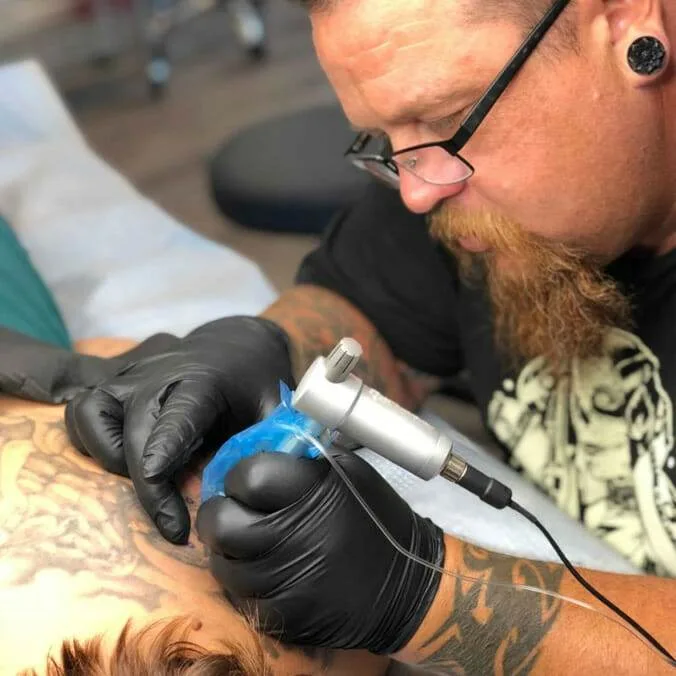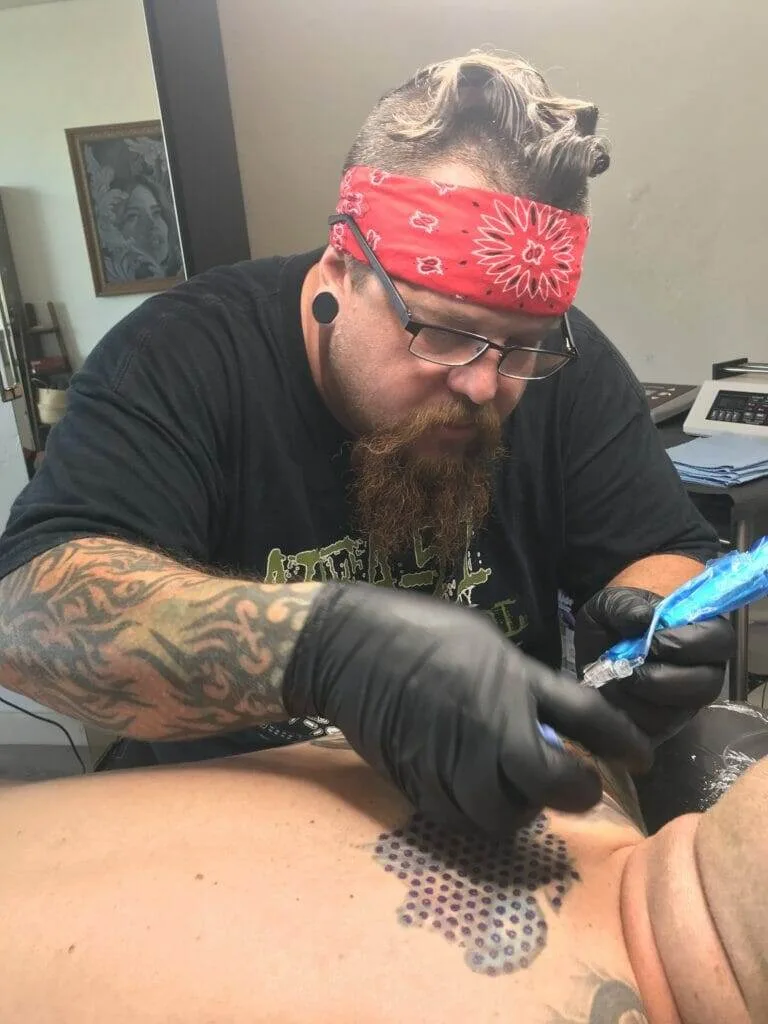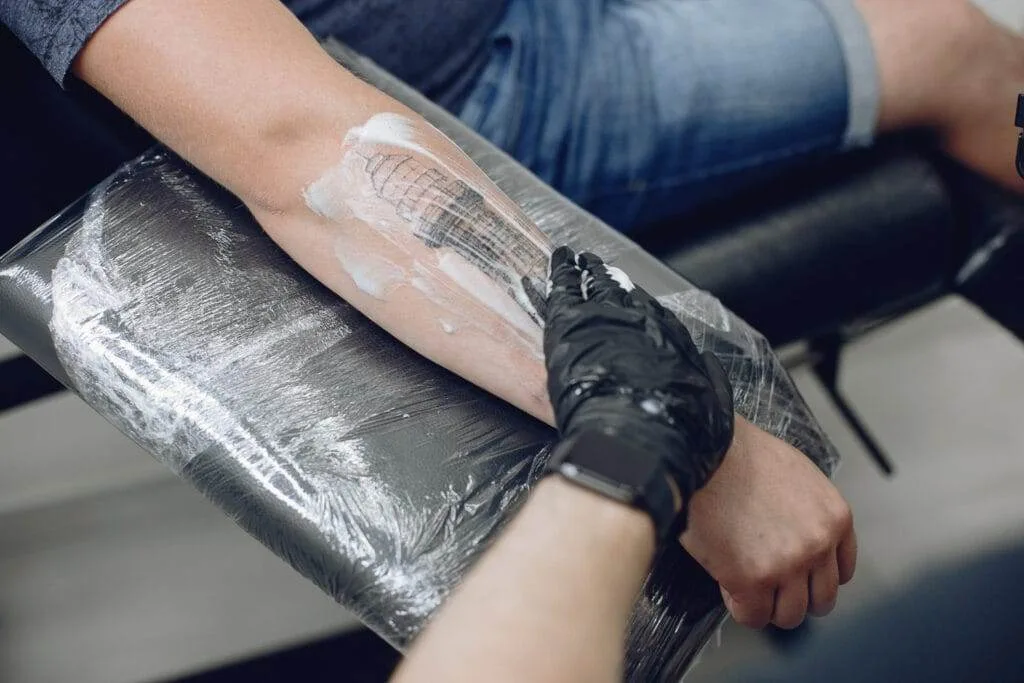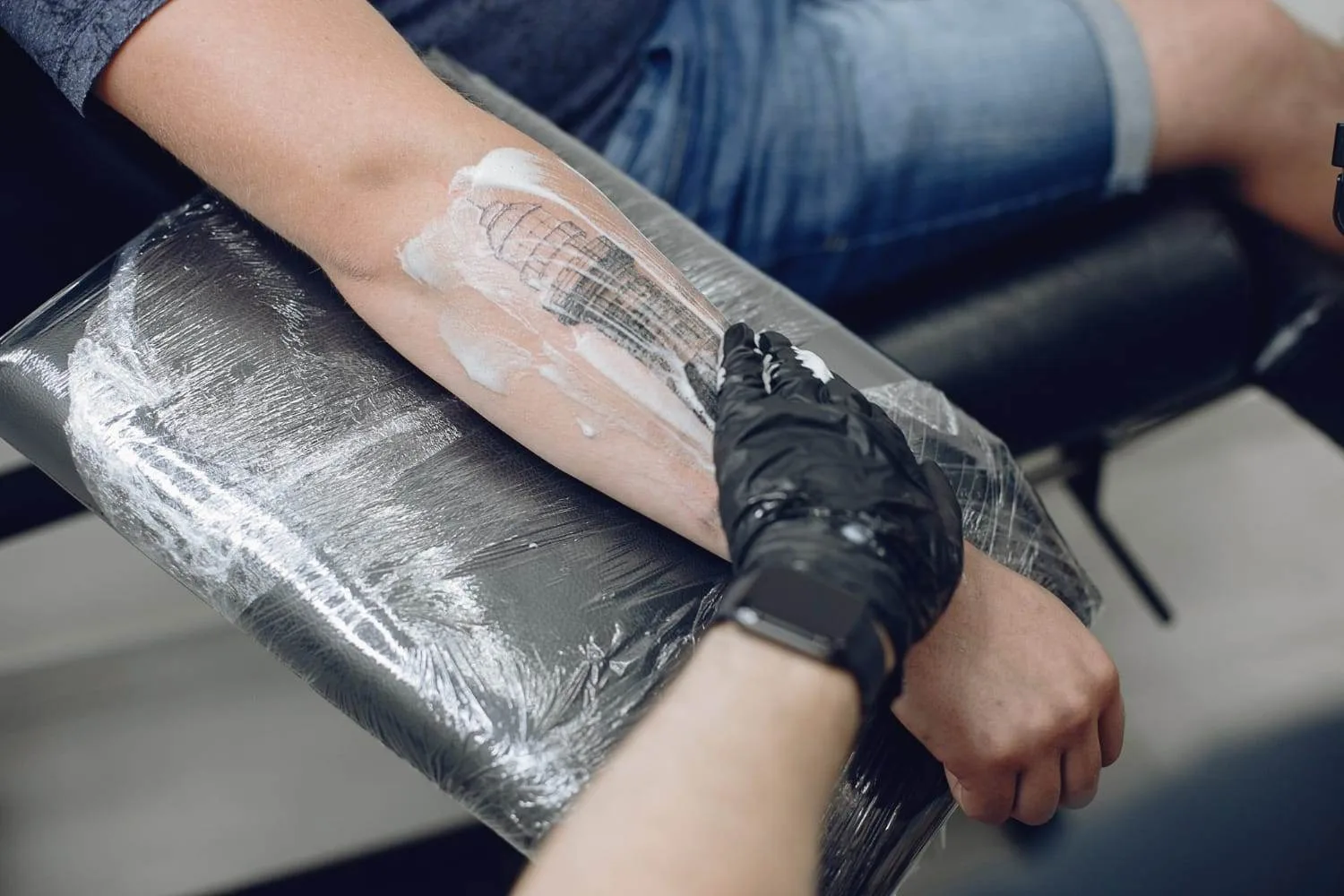Non-laser tattoo removal has been gaining popularity in recent years as an alternative to traditional laser removal methods. More and more people are opting for non-laser techniques to remove unwanted tattoos for various reasons. While laser removal has been the go-to method for many years, non-laser options are becoming increasingly sought after due to their effectiveness, safety, and ability to target a wider range of tattoo colors and skin types. This shift in preference towards non-laser tattoo removal signifies a growing trend in the industry.
People are choosing non-laser tattoo removal over laser removal for several reasons. One of the main factors is the versatility of non-laser methods in targeting different types of tattoos, including those with stubborn ink colors like green and blue. Non-laser techniques can also be gentler on the skin, making them a safer option for individuals with sensitive skin or those prone to scarring. Additionally, non-laser removal typically requires fewer sessions than laser removal, which can result in cost savings and less overall discomfort for the individual undergoing the procedure.
How Non-Laser Tattoo Removal Works: Understanding the Process
Non-laser tattoo removal encompasses a variety of methods that work to break down the ink particles in the skin without using laser energy. Some common non-laser techniques include dermabrasion, chemical peels, and tattoo removal creams. Dermabrasion involves mechanically removing the top layers of skin where the tattoo ink resides, while chemical peels use acids to exfoliate the skin and fade the tattoo over time. Tattoo removal creams work by penetrating the skin and breaking down the ink particles for gradual fading.
Each non-laser method works differently to remove tattoo ink from the skin. Dermabrasion physically abrades the skin to reach the ink particles, while chemical peels dissolve the top layers of skin to reveal new, ink-free skin underneath. Tattoo removal creams contain active ingredients that target the pigments in the tattoo and help fade them over time with regular application. These methods offer alternatives to laser removal for individuals looking for effective ways to remove unwanted tattoos without the use of laser technology.
Benefits of Non-Laser Tattoo Removal: Why it’s a Safer Option
Non-laser tattoo removal is often considered a safer option compared to laser removal due to its less invasive nature and reduced risk of side effects. Laser removal can sometimes cause scarring, hyperpigmentation, or hypopigmentation, especially in individuals with darker skin tones or certain types of tattoos. Non-laser methods like dermabrasion and chemical peels are gentler on the skin and less likely to result in these adverse effects.
Non-laser tattoo removal is also a better option for individuals with specific skin types or tattoo colors that may not respond well to laser treatment. For example, tattoos with lighter colors like yellow or white can be challenging to remove with lasers but may fade more effectively with non-laser techniques. Additionally, individuals with sensitive skin or a history of scarring may benefit from non-laser removal methods that are less harsh on the skin overall.
Who’s a Good Candidate for Non-Laser Tattoo Removal?
Several factors determine whether someone is a good candidate for non-laser tattoo removal. Individuals with lighter skin tones and tattoos that are closer to the surface of the skin tend to have better results with non-laser methods. Those with darker skin tones or tattoos located deeper within the skin may still be candidates for non-laser removal but should consult with a professional to assess their suitability for the procedure.
Certain tattoos may be better suited for non-laser removal based on their color composition and location on the body. Tattoos with black ink or dark colors typically respond well to non-laser techniques like dermabrasion or chemical peels, while tattoos with lighter colors may require more specialized treatment options. Additionally, tattoos on areas of the body with thinner skin, such as the wrists or ankles, may be more easily removed using non-laser methods that are less abrasive on delicate skin.
The Cost of Non-Laser Tattoo Removal: What to Expect

The cost of non-laser tattoo removal can vary depending on several factors, including the size and complexity of the tattoo, the number of sessions required, and the specific method used for removal. On average, non-laser tattoo removal can range from $200 to $500 per session, with multiple sessions often needed to achieve desired results. Some clinics may offer package deals or discounts for multiple sessions purchased upfront.
Factors that can affect the cost of non-laser tattoo removal include the expertise of the practitioner performing the procedure, the location of the clinic, and any additional services or products included in the treatment plan. Individuals considering non-laser removal should consult with a professional for a personalized quote based on their unique tattoo and skin type. While non-laser methods may be more cost-effective than laser removal in some cases, it’s essential to budget accordingly for multiple sessions to achieve optimal results.
Non-Laser Tattoo Removal vs. Laser Tattoo Removal: Pros and Cons
When comparing non-laser tattoo removal to laser removal, there are several pros and cons to consider before making a decision. Non-laser methods offer a safer alternative for individuals with sensitive skin or certain types of tattoos that may not respond well to laser treatment. They also tend to be more cost-effective in the long run due to requiring fewer sessions overall.
On the other hand, laser tattoo removal is often faster and more efficient at targeting specific ink colors than non-laser techniques. Laser technology can penetrate deeper into the skin to break down stubborn pigments that may be harder to reach with non-laser methods alone. Additionally, laser removal typically results in less scarring and faster healing times compared to some non-laser options.
Common Non-Laser Tattoo Removal Methods: Exploring Your Options
There are several common non-laser tattoo removal methods available for individuals looking to fade or remove unwanted tattoos without using lasers. Dermabrasion involves using a rotating device with an abrasive surface to exfoliate layers of skin containing tattoo ink gradually. Chemical peels use acids like glycolic acid or trichloroacetic acid to peel away layers of skin and fade tattoos over time.
Tattoo removal creams are another popular option that can be applied topically to target specific areas of ink pigmentation within the skin. These creams typically contain active ingredients like hydroquinone or kojic acid that work to break down pigments and promote fading over time with regular use. Each method offers unique benefits and drawbacks depending on individual preferences and desired outcomes.
Risks and Side Effects of Non-Laser Tattoo Removal: What to Watch Out For
While non-laser tattoo removal is generally considered safe, there are potential risks and side effects associated with these methods that individuals should be aware of before undergoing treatment. Dermabrasion and chemical peels can cause temporary redness, swelling, or irritation at the treatment site immediately following the procedure but typically subside within a few days.
Tattoo removal creams may also cause mild irritation or allergic reactions in some individuals due to their active ingredients penetrating the skin barrier. It’s essential to follow instructions carefully when using these products and perform a patch test before applying them more broadly on larger areas of skin. Consulting with a professional before starting any non-laser tattoo removal treatment can help minimize risks and ensure a safe experience overall.
Preparing for Non-Laser Tattoo Removal: What You Need to Know
Preparing for non-laser tattoo removal involves several steps to ensure optimal results and minimize potential risks during treatment. Individuals should avoid sun exposure before their appointment and refrain from using any harsh skincare products that could irritate their skin further before undergoing treatment.
It’s also essential to stay hydrated, eat a balanced diet rich in vitamins and minerals, and follow any pre-treatment instructions provided by your practitioner leading up to your appointment date. Being well-prepared both mentally and physically can help make your non-laser tattoo removal experience more comfortable and successful overall.
Aftercare for Non-Laser Tattoo Removal: Tips for Optimal Healing
After undergoing non-laser tattoo removal treatment, it’s crucial to follow proper aftercare steps to promote optimal healing and minimize scarring or complications post-procedure. Keeping the treated area clean and dry is essential during the initial healing phase, as well as avoiding direct sunlight exposure that could cause pigmentation changes or irritation.
Applying gentle moisturizers or healing ointments recommended by your practitioner can help soothe any redness or discomfort following treatment while promoting healthy skin regeneration over time. It’s also important to attend follow-up appointments as scheduled and communicate any concerns or changes in your healing process with your provider promptly.

Making an Informed Decision About Tattoo Removal
In conclusion, choosing between laser and non-laser tattoo removal methods ultimately depends on individual preferences, budget constraints, skin type, and desired outcomes for each person seeking treatment. While both options offer unique benefits and drawbacks, it’s essential to weigh these factors carefully before making a decision about which method is right for you.
By understanding how non-laser tattoo removal works, its safety advantages over laser treatments, common methods available, associated risks and side effects, as well as proper preparation and aftercare steps involved in these procedures, individuals can make informed choices about their tattoo removal journey moving forward.
Whether you opt for dermabrasion, chemical peels, or tattoo removal creams as your preferred method of removing unwanted tattoos without lasers, consulting with a qualified professional beforehand can help guide you towards achieving optimal results while ensuring a safe experience throughout your treatment process.
It is important to discuss your goals, concerns, and medical history with a professional to determine the most suitable treatment option for your specific tattoo. They can provide you with information on the potential risks, benefits, and expected outcomes of each method, as well as advise you on proper aftercare to promote healing and minimize complications. By seeking guidance from a qualified specialist, you can make informed decisions and feel confident in your choice of tattoo removal technique.









